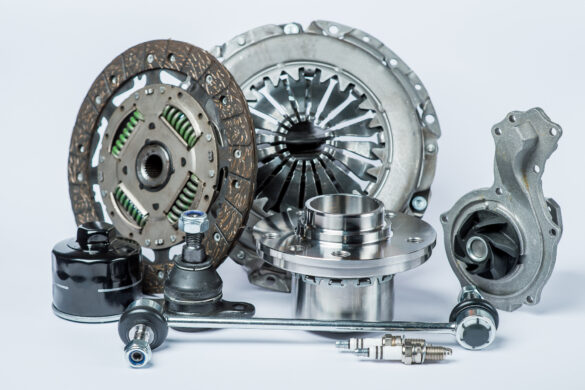 The trucking industry has experienced a significant shift in recent years with the introduction and mandatory implementation of Electronic Logging Devices (ELDs). As a cornerstone of compliance in the modern trucking world, understanding ELDs is crucial for drivers, fleet managers, and owners alike. This thorough manual is intended to assist industry professionals in navigating the intricacies of ELDs and understanding the subtleties of these vital devices.
The trucking industry has experienced a significant shift in recent years with the introduction and mandatory implementation of Electronic Logging Devices (ELDs). As a cornerstone of compliance in the modern trucking world, understanding ELDs is crucial for drivers, fleet managers, and owners alike. This thorough manual is intended to assist industry professionals in navigating the intricacies of ELDs and understanding the subtleties of these vital devices.
Understanding ELDs
ELDs are electronic systems used in commercial motor vehicles (CMVs) to automatically record driving time for hours of service (HOS) compliance. These tools ensure drivers follow the Federal Motor Carrier Safety Administration’s (FMCSA) rules regarding how long they are permitted to run their vehicles. The manual paper logbooks that were previously used to track hours of service are meant to be replaced with ELDs.
How ELDs Function
At their core, ELD in trucking are connected to a truck’s engine and monitor vehicle movement, miles driven, location, and engine hours. The device captures this data and records the driver’s active driving time and rest periods, making it easier to maintain adherence to HOS regulations. Moreover, ELDs provide a platform for seamless communication between drivers and fleet managers, enabling real-time tracking of fleet activities.
The Benefits of ELDs
LEDs offer numerous advantages for trucking operations of all sizes, including:
- Compliance Assurance: ELDs are programmed to comply with FMCSA regulations, minimizing the risk of fines or penalties due to HOS violations.
- Time-Saving: The electronic nature of logging eliminates manual paperwork, saving drivers hours weekly in log preparation.
- Accuracy: These devices provide precise tracking and reduce the likelihood of errors associated with traditional paper logs.
- Driver Safety: ELDs minimize driver fatigue and related accidents by ensuring compliance with HOS regulations.
Increased Efficiency: Real-time tracking enables better dispatching and improves delivery times and customer satisfaction.
Choosing the Right ELD
Selecting an ELD can be daunting, given the plethora of options available. Here’s what you should consider:
- Compliance: Ensure that the device is FMCSA-certified.
- Ease of Use: The ELD should be user-friendly, facilitating quick adoption by drivers.
- Durability: Given the nature of trucking, a robust device that can withstand various conditions is a must.
- Integration: Check if the ELD can be integrated with other fleet management systems for a unified operation.
- Support: Responsive customer support is critical, especially during the initial implementation phases.
Implementing ELDs in Your Fleet
Implementing ELDs requires a strategic approach to ensure seamless transition and acceptance by drivers:
1. Training: Invest in comprehensive training sessions for drivers and administrative staff to familiarize them with the new system.
2. Policy Updates: Revise company policies to reflect HOS regulations and ELD compliance. 3. Feedback Loop: Establish a feedback mechanism to address concerns and issues arising from using LEDs.
4. Data Management: Consider how to handle the data collected by ELDs and use it to optimize your fleet’s operations.
The ELD Mandate
The FMCSA ELD mandate took full effect on December 16, 2019, requiring most CMVs to carry an ELD. This move pushed an industry-wide transition to digital logging, marking an end to the era of paper logging for most commercial trucks. Exceptions to the ELD mandate include drivers who operate under the short-haul exception and those driving vehicles manufactured before 2000.
The Future of ELDs and Trucking
ELDs and the trucking industry will become increasingly intertwined as technology evolves. We anticipate further innovation focused on enhancing safety measures, streamlining logistics, and even incorporating advanced analytics for predictive maintenance and optimized routing. In conclusion, ELDs are more than just compliance devices; they’re tools for mastering the road. By embracing the capabilities and efficiencies offered by ELDs, trucking professionals can ensure adherence to regulations and a pathway to operational excellence. As the industry forges ahead, ELDs will undoubtedly play a pivotal role in steering it toward a safer, brighter, and more efficient future.









